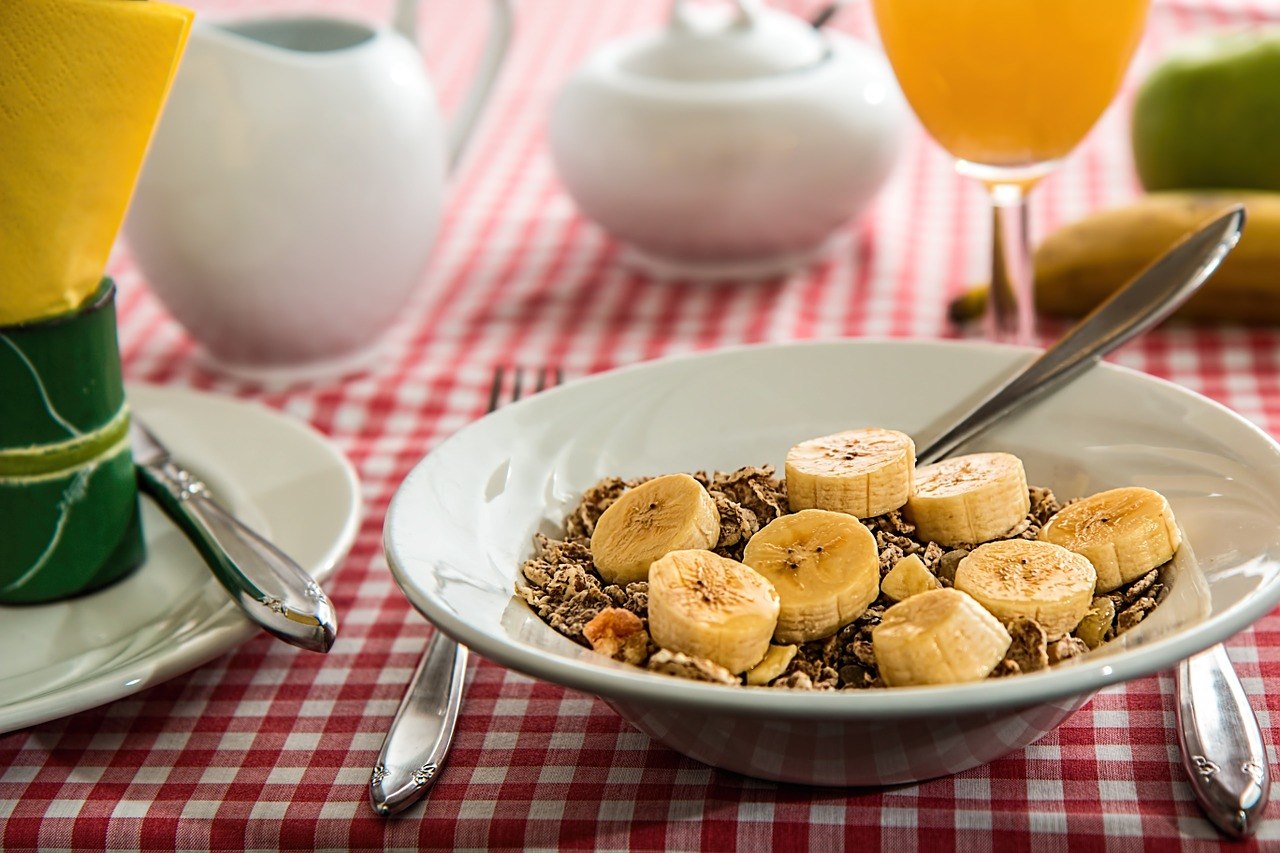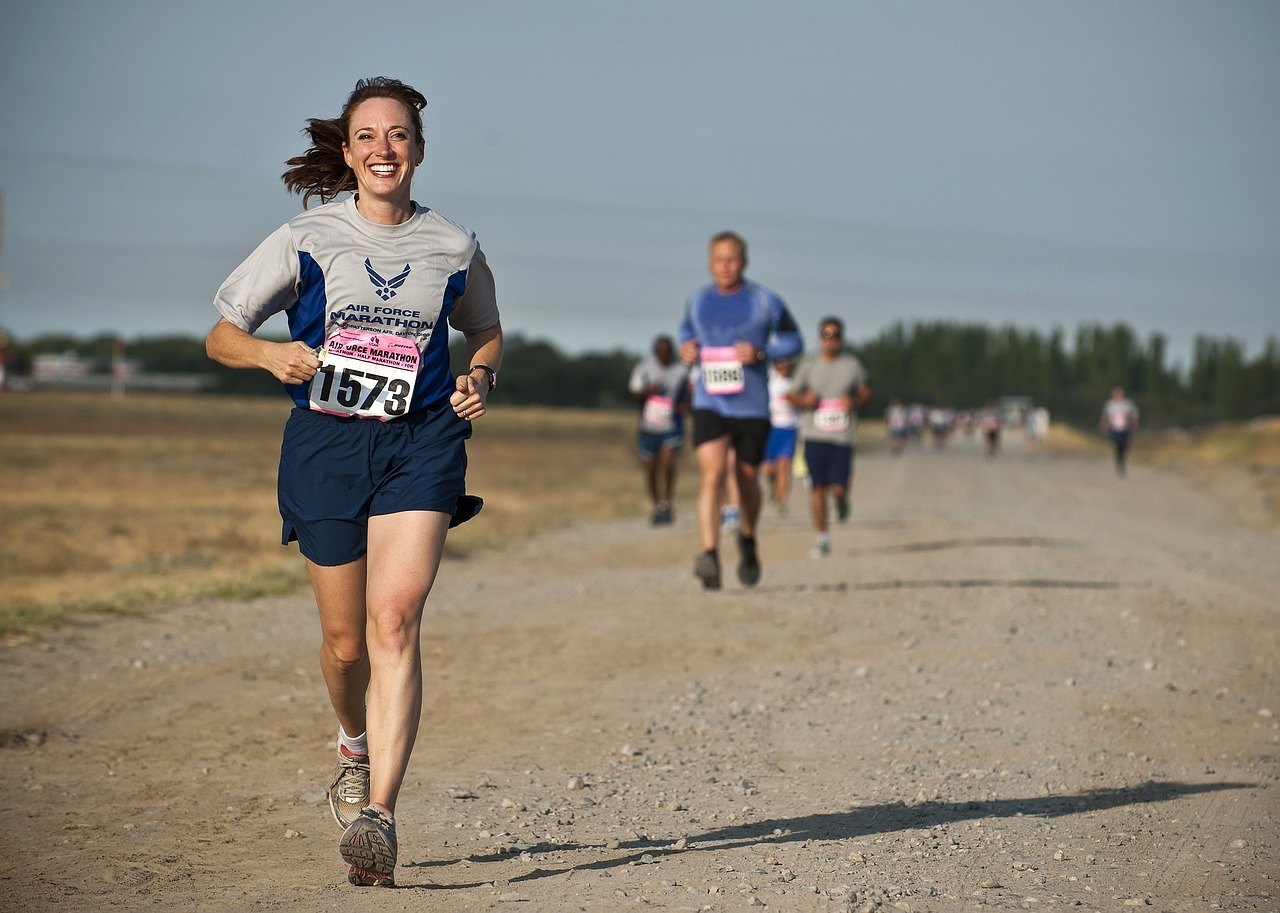While running for weight loss is very effective, there are a few things you need to know to take full advantage of its fat-burning capabilities. The following running tips will help you achieve the greatest weight loss results. If you want to know more about weight loss, you can’t miss the following article that provides all useful tips you need: Weight Loss Plan And Program: Create Your Own One
Clean Up Your Diet And Strike A Caloric Balance
The single most influential factor for weight management is diet. Controlling the number of calories you consume will help you to set your body up for weight loss — or weight gain if you’re not careful! Running for weight loss is an excellent way to torch through fat and burn calories, but only if you strike the right balance — i.e. calories in versus calories out. Here are a few of the steps you should take.
- Clean up your diet using nuts, fruits, vegetables, and lean protein sources. 2. Create a food log and track what you are eating. 3. Measure your weight changes weekly and establish a baseline. 4. Gradually taper down your intake until you are losing half a pound per week.
Fuel Yourself For Performance And Recovery
Not all calories are created equal. Since you’re going to be pushing yourself physically, it’s even more crucial to choose nutritious whole foods. After workouts, your metabolism will be pumping and muscles gasping for replenishment. Fuel yourself with carbohydrates to restore muscle energy stores, protein to repair muscles, and fluids to rehydrate.
Running for Weight Loss: 3 Workout Modules
Mix up your schedule with these three types of workouts to maximize your fat-burning power. Using all three will burn through a heap of calories, keep your metabolism boosted, and preserve vital muscle mass.
1. Fat-Scorching Runs
Switch your body to fat-burning overdriven by running at a steady pace which is approximately 65% of your maximum heart rate. If you don’t have a pulse reader handy, aim for 5/10 on the effort scale. Aim to keep your pace and heart rate fixed at this optimal level. Progress by pushing the duration to burn more calories. Start with an empty stomach and avoid consuming sports drinks/gels during your run. This will force the body to use your fat as an energy source. Refuelling once the run is complete is still essential for optimal recovery.
2. Interval Sprints
Sprints are great for both cutting through fat and building stronger muscles. These short intense intervals will burn a heap of calories and spike your metabolism long after the run is done! You need to get your heart rate pumping high, at about 9/10 on the intensity scale. Sprint for a set duration, return to a walking pace to allow the heart rate to normalize, sprint again, and repeat. Try not to slow down before the end of each interval. Otherwise, you’ll need to reduce the sprint duration. Slowly build up the duration to around 30 seconds and the number of intervals to 10. Uphill runs will get your heart racing and are actually kinder on your joints!
3. Strength-Training Sessions
Performing strength training alongside these running workouts poses two great advantages.
- It enhances fat loss by burning additional calories. 2. It preserves muscle mass by telling the body to shed fat instead of muscle. Both weightlifting and bodyweight exercises can be effective. Perform full-body exercises such as squats, presses, deadlifts, pushups, and pull-ups.
Create A Running Schedule: Track Progression
Transformations only occur with consistent effort over time. Optimizing your lifestyle and tracking progress will be the fastest way to reach your weight loss goals. A schedule provides accountability, motivation, and direction, leading to the best results. It will enable you to increase your intensity slowly, ensuring progression while avoiding injuries. Rome was not built in a day. Construct a training schedule that works for you and increase the difficulty as your body allows. Start with 2 x Fat Scorching Runs and 2 x Strength Training sessions per week. When you feel ready, introduce Interval Sprints and an additional Strength Training session.
The 3 Greatest Obstacles to Watch Out For
1. Pigging Out
After a gruelling workout, your metabolism is rocketing and your body is begging for fuel. Don’t make the mistake of filling up on unhealthy snacks and overeating. Remember to stick to your diet — the post-workout meal should be a controlled refuel.
2. Not Pushing Yourself
Don’t get stuck in the same loop or you will see diminishing returns. The body soon adapts to the same intensity, so your workouts will become less effective. Slowly pushing further over time is the key to progression. Try mixing things up with different surfaces, speed intervals, hill climbs, etc.
3. Not Tracking Your Progress
If you don’t track your workouts, it’s going to be difficult to maintain consistency or ensure steady progression. Keep a workout diary and always refer to last week as a benchmark to beat. Smart devices, fitness trackers, and applications can make this process even easier. Many can automatically record intensity, duration, and highlight improvements.




